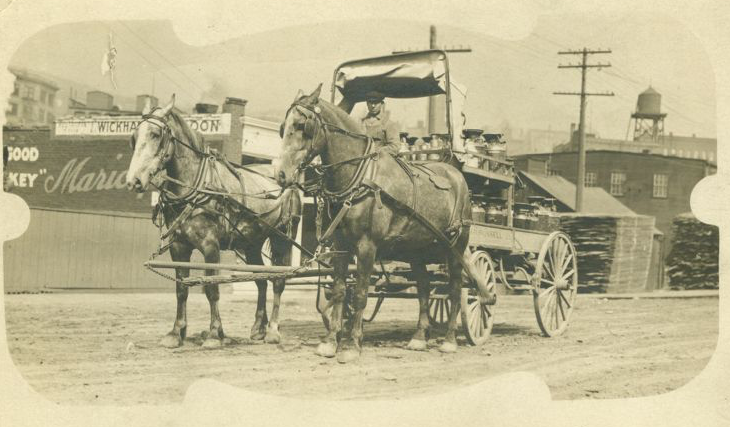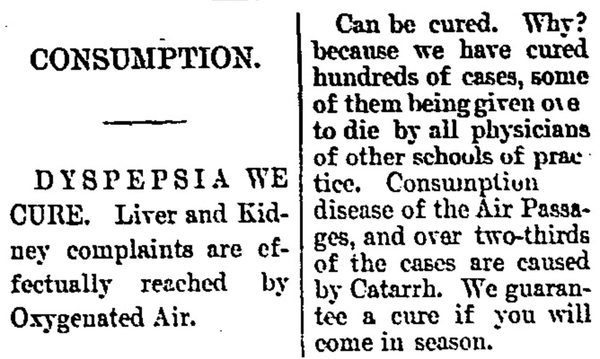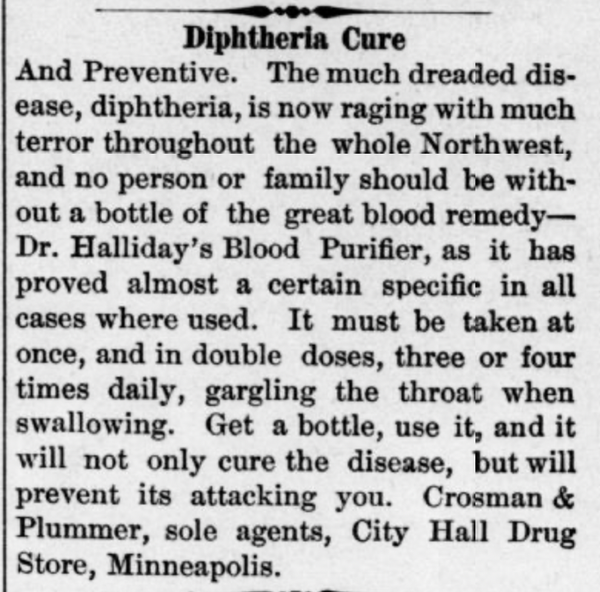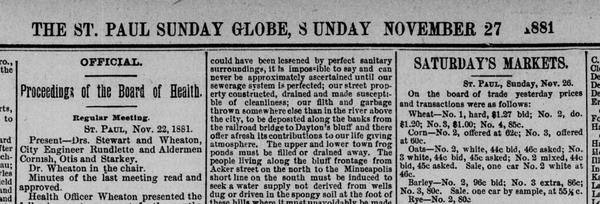How We Used to Die: the St. Paul Death Register Project
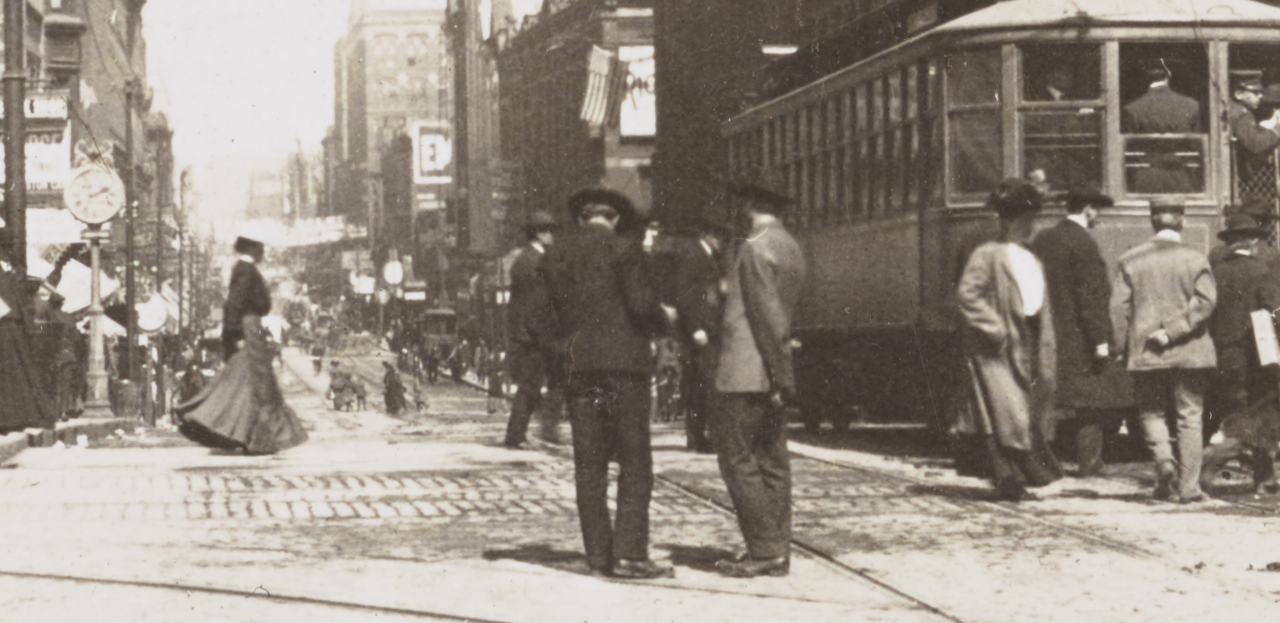
It is something of a joke in my house that I look at death records so much. Genealogical work requires you to bear witness to unnecessary deaths as you piece together the details of the lives of our ancestors. In the U.S. today, we are protected from much of what they endured because of the invention of vaccines and the public health interventions that our ancestors would consider miraculous.
The backlash to the progress of the last 100+ years of rapid advances in the prevention of deadly and disabling diseases that has proceeded to take over our own government has us in a dangerous moment for our collective futures. We died so much younger before, and of causes we can now prevent with advances in vaccines, food safety, sanitation, occupational health and safety, and food support like WIC or SNAP. Without these advances and infrastructures, we will move backwards to a time more like our ancestors. The stakes are high.
The lens I take in this project is historical and local, focusing on the people who lived and died in a city I am deeply connected to: St. Paul, Minnesota; and the stories of people who lived and died in there in the late 1800s. The available documents illustrate what it was really like to live in a world with far fewer public health advances and interventions.
I want us to remember how we used to die.
A note about methods
My training in qualitative research means I can't just tell a story without giving a bit more context. Because of the amount of misinformation in the world and online, I will cite my sources for anyone who wants to look at this for themselves.
Everyone has access to the online records I use, though some require you to go to a site like your local historical society, library, or another location that provides access to more restricted FamilySearch records (which the St. Paul records are).
In planning this project, I reviewed almost 2,000 death records spanning parts of the 1870s and 1880s. What I bring to you here is true—and it's depressing. Below is an example page of ages and deaths in 1881 that I have been working with.
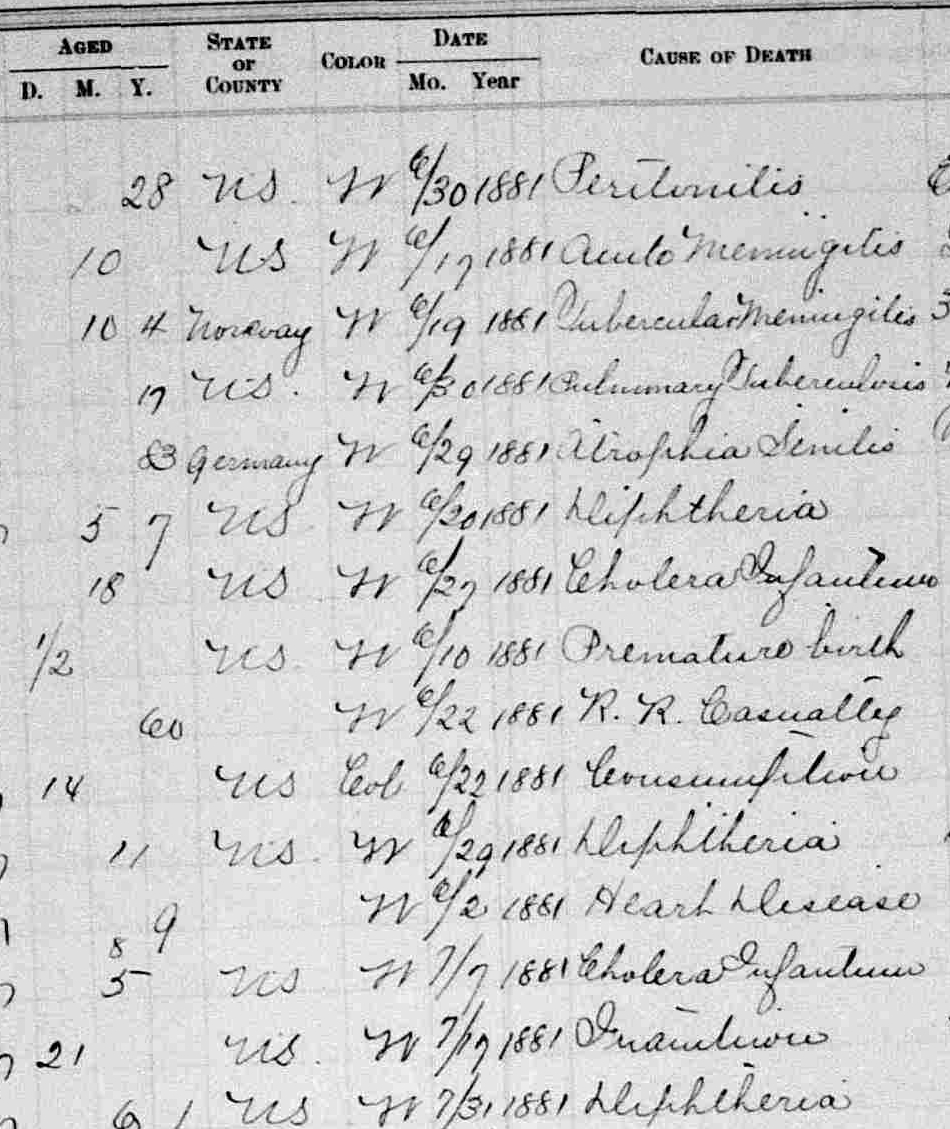
There have been many "never in my life did I think this would happen" moments this year. Some were ones I could have cynically predicted, but I still cannot believe that we have allowed the health infrastructure of our country (and the world) to be attacked and degraded to the extent we have in just the first nine months of this administration. This is my small contribution to shining a light on what it was like before, in some hope that facts still matter for most people.

